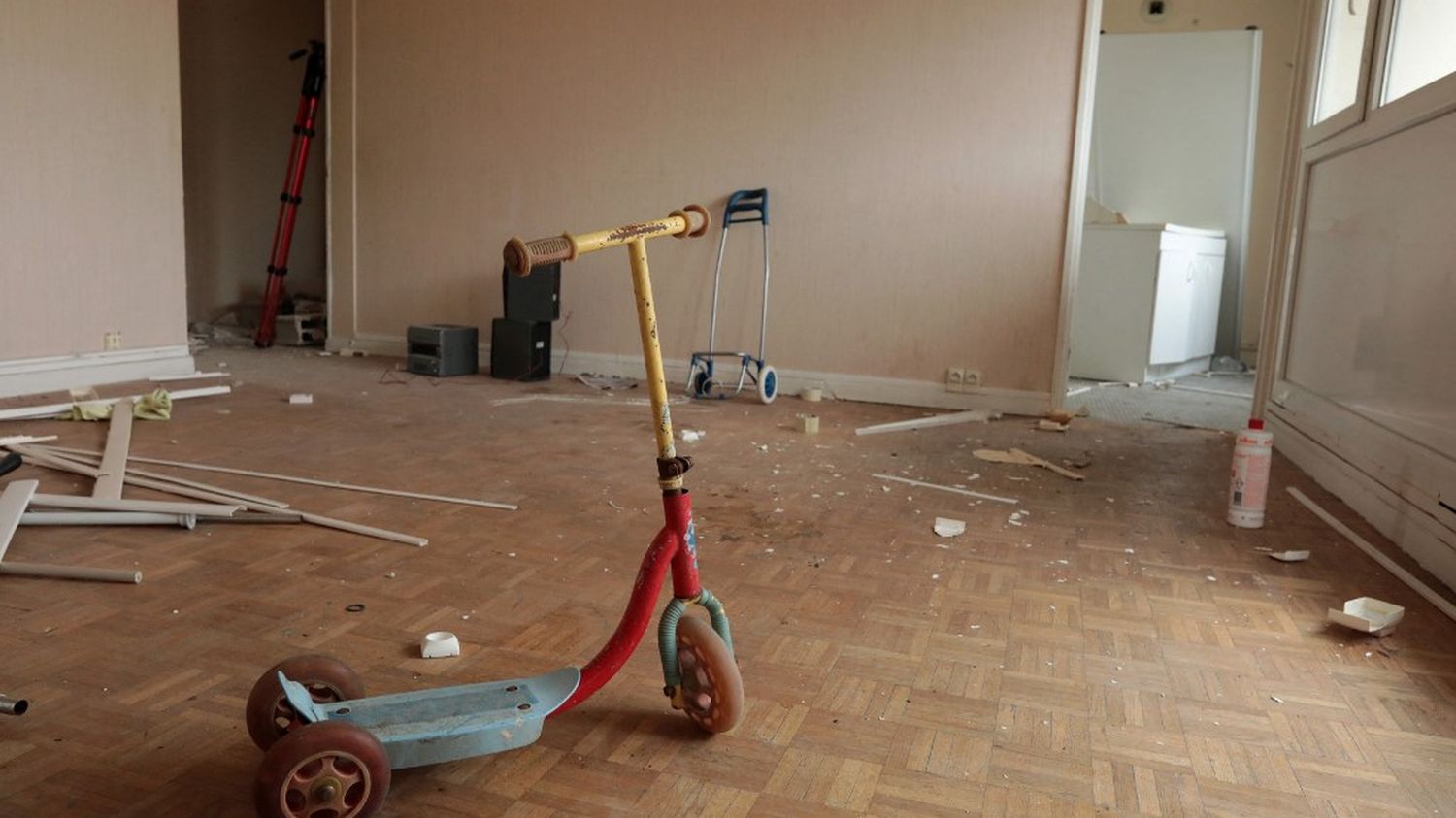France today has 3.1 million unoccupied homes, compared to 1.9 million in 1990 and 2 million in 2005. The least densely populated areas are the most affected.
Published
Update
Reading time: 1 min

In the midst of the housing crisis, millions of homes are waiting for takers. The number of vacant homes in France in 2023 stood at 3.1 million, up 60% since 1990, according to an INSEE study published Tuesday January 16. These unoccupied places, which do not include second homes, represented 8.2% of the total housing stock in France (excluding Mayotte) in 2023, or 1.2 million more than in 1990.
This increase concerns “almost all departments”, with the exception of those of Corsica and Hérault. The rural departments located along the “diagonal of the void”, from the Ardennes to Ariège, are particularly affected, as well as the Orne, unlike the Alpine departments and located “along the Atlantic, in Ile-de-France and in the Var”. “The share of vacant housing is higher in areas with less population density”analyzes the National Institute of Statistics.
A more marked increase in 20 years
The increase in recent decades has mainly occurred “from 2005”reaching since “2.5% on average per year”, notes INSEE. The number of vacant homes has increased “2.3 times faster than the total number of housing units between 2005 and 2023”.
Among the multiple causes of the increase observed, INSEE mentions “the evolution of population and construction”but also the “effects of the economic situation or tax and regulatory developments”. This vacancy phenomenon generally reflects a “demographic decline, a mismatch between supply and demand, age or even unsanitary housing, disputes between tenants and owners or even inheritance problems”according to INSEE.
